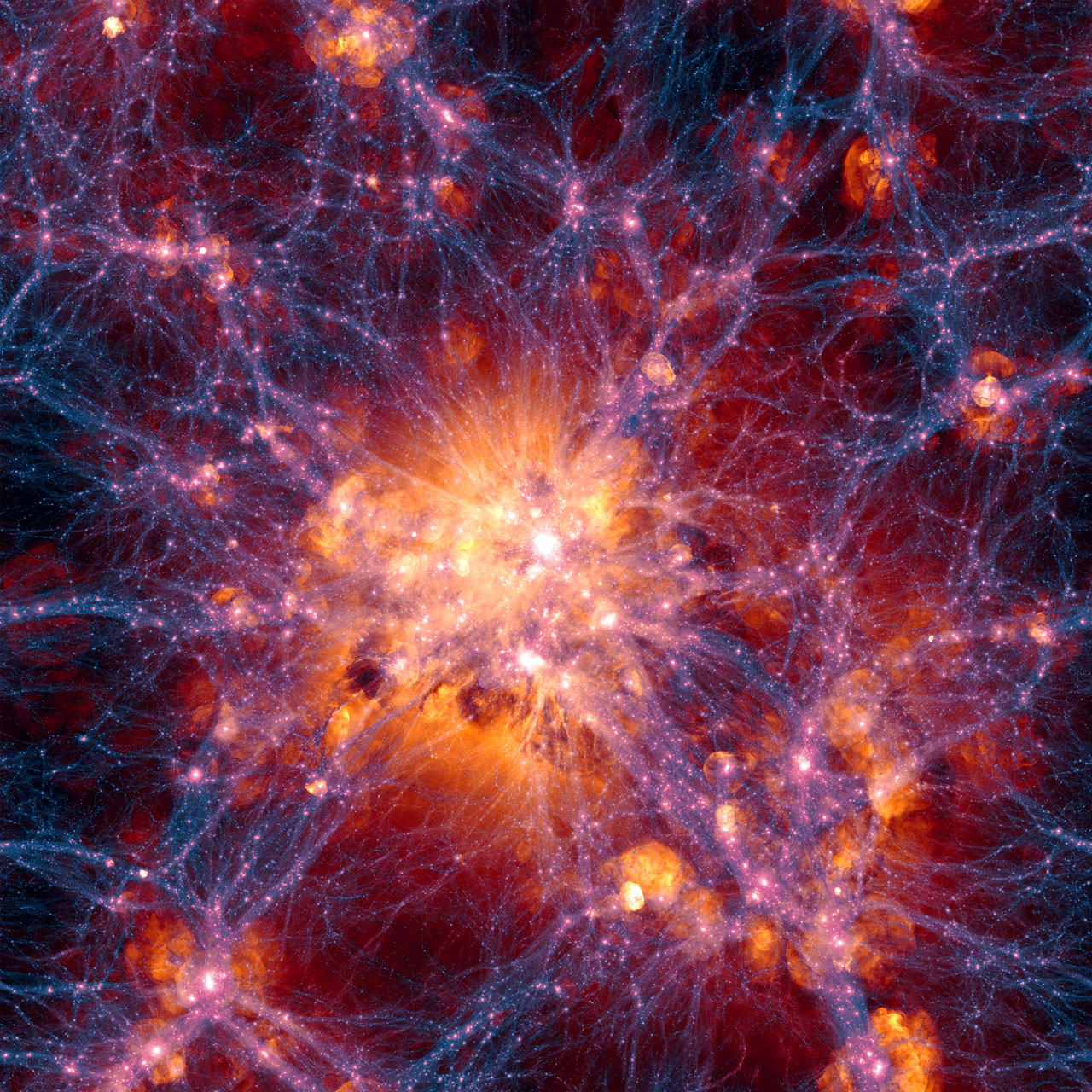Current Teaching Responsibilities
- 1. AA2001 - Astrophysics II
Summary: AA2001 provides a background to basic astronomical observations using modern telescopes,
as well as describing the creation of the chemical elements in the Universe. As such it provides a broad introduction to the big bang and
big bang nucleosynthesis, stellar formation and evolution and the formation and evolution of galaxies.

2. AA3853 - Cosmology & Galaxies Summary: AA3853 provides an introduction to cosmology (taught by me) and the structure of galaxies (taught by Prof. Victor Debattista).
3. AA1003 - Practical Laboratories Summary: I teach the practical astronomical laboratories for AA1003 out at the Alston Observatory. These laboratories focus on teaching basic observing and data analysis techniques using. When weather allows we observe planets, stars, star forming regions in the Milky Way, supernovae remnants, and galaxies using the 0.7m Moses Holden Telescope.
4. AP3950 - Practical Astrophysics Projects Summary: I assist students who wish to undertake a practical observing program using the 0.7m Moses Holden Telescope at UCLan's Alston Observatory. Some current and past projects carried out with the MHT are listed below.
Highlights:
- Observing transiting Exo-Planets: In 2016 and 2017 we have observed the transit of exo-planets across
their host stars. In 2017 we observed the planet WASP-12b and obtained the light curve seen below. Such observations can
be used to determine the basic physical properties of the planet, such as its size.

- Eclipsing Binaries: In 2017 we have observed the eclipsing binary system ZZ Aur. Modelling of the light
curve can be used to work out the shapes of the stars orbitting each other. They are so close that the stars have been
deformed from spheres.

- Observing distant Trans-Neptunian Objects (TNO's): By observing the motions of TNO's over several months and even years, it is possible to determine their orbits and to search for signs that they are being perturbed by the influence of a yet undiscovered massive planet in the outer solar system.
- Near Earth Objects: In 2016-2017 we observed asteroids which made close approaches to the Earth. These
solar system bodies are potentially hazardous, as they could impact the Earth. By observing them carefully it is possible
to determine their orbits and to work out if they pose a threat. The video below shows the motion of NEO 2003YT1 as it made
a close approach to the Earth on the 1st of November 2016.
- Supernovae: We have observed several supernova so far. In particular we aim to observe Type Ia supernova, as by observing
how their light first increases then decreases we can work out how far away they are, thereby giving us a way to determine the distance to galaxies.
- Galaxies: The MHT is capable of obtaining exquisite images of nearby galaxies. Projects that study the
structures of galaxies are encouraged. The image below shows a composite 3-colour image of M51 obtained using the B, V
and R filters.

- Observing transiting Exo-Planets: In 2016 and 2017 we have observed the transit of exo-planets across
their host stars. In 2017 we observed the planet WASP-12b and obtained the light curve seen below. Such observations can
be used to determine the basic physical properties of the planet, such as its size.
What is this?
On this page you will find some of the teaching resources I have helped develop.Telescope Resources
Currently most of my research is carried out using four of the worlds most advanced astronomical observatories: 1) the Large Binocular Telescope on Mt Graham, Arizona, 2) the Keck observatory on Mauna Kea, Hawaii, 3) the SOAR telescope on Cerro Pachon, Chile, and 4) the Hubble Space Telescope in low Earth orbit.



Collaborators
Most of my research relies on the hard work and skills of my many excellent collaborators.Eva Schinnerer (MPIA, Germany)
Glenn van de Ven (University of Vienna, Austria)
Paolo Bianchini (Universite de Strasbourg, France)
Tom Herbst (MPIA, Germany)
Sheila J. Kannappan (UNC Chapel Hill, USA)
Duncan Forbes (Swinburne University, Australia)
Aaron Romanowsky (San Jose State Univ, USA)
Jean Brodie (Swinburne University, USA)
Ray Sharples (University of Durham, UK)
Avon Huxor (University of Exeter, UK)
Rob Crain (Liverpool John Moores University, UK)